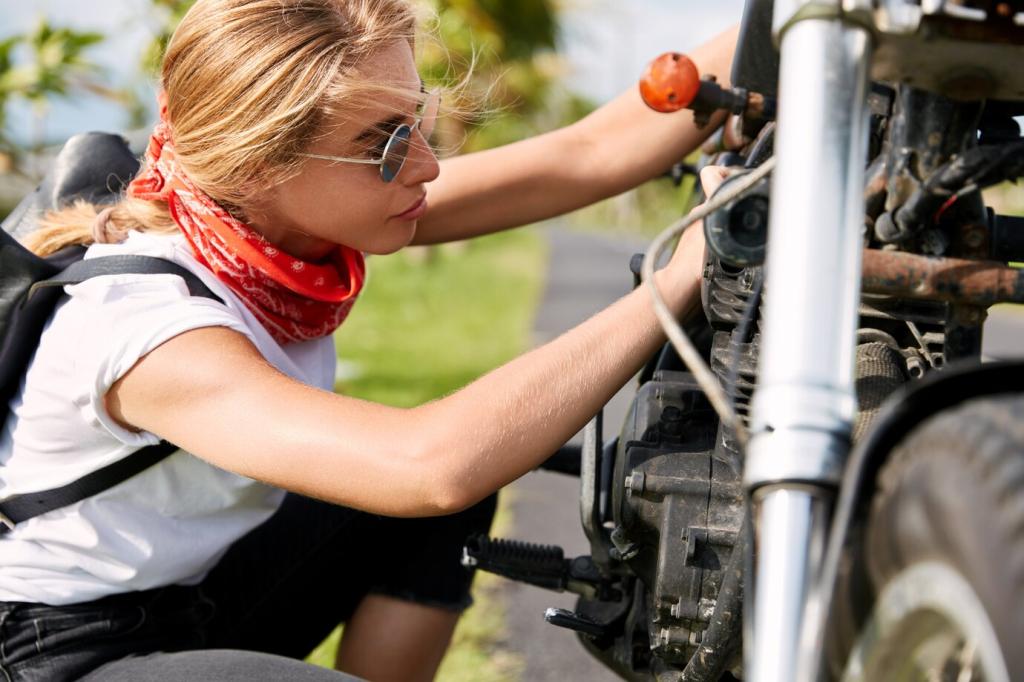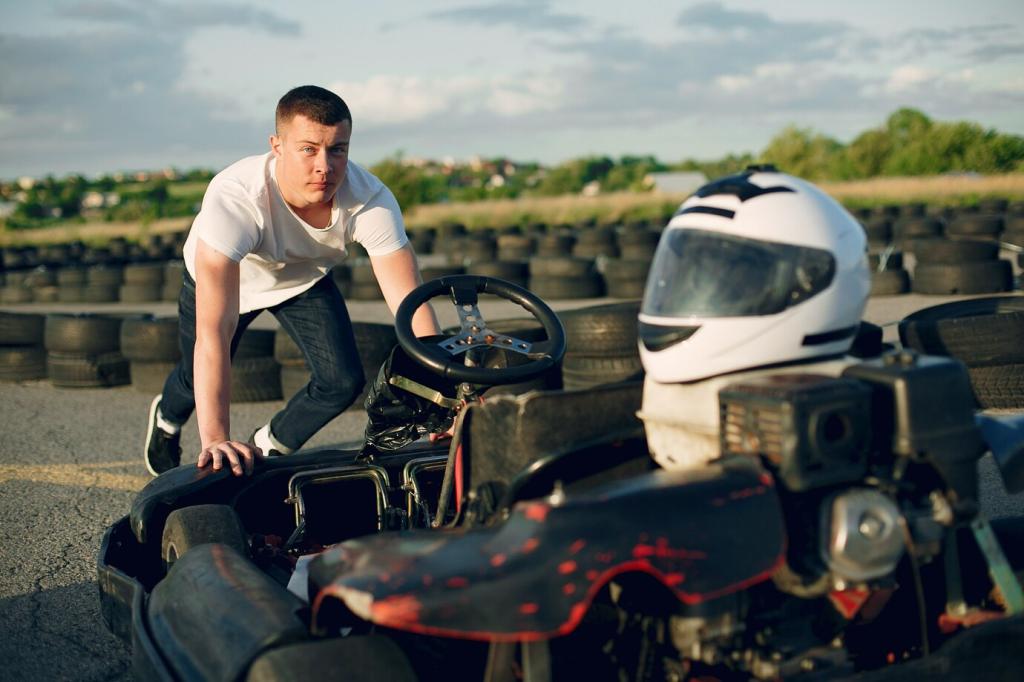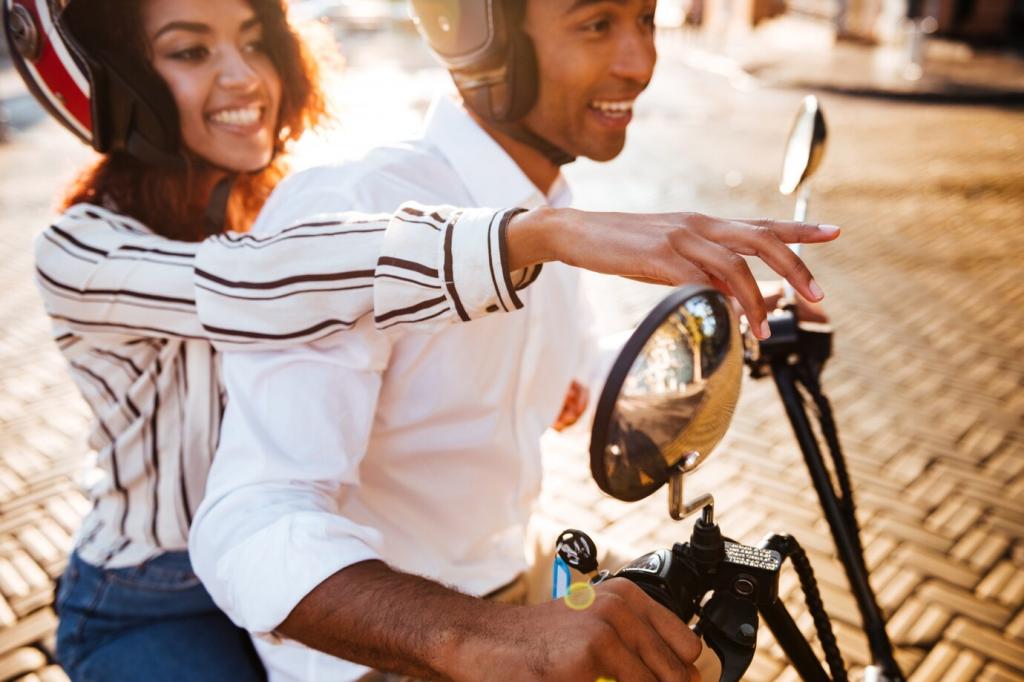Navigation Tools and Situational Awareness
Dedicated motorcycle GPS devices resist rain and glare, while phones offer flexible apps. Whichever you choose, use a vibration‑dampened mount and offline maps, so directions survive potholes, storms, and patchy reception far from towns.
Navigation Tools and Situational Awareness
Pack a waterproof map for each rider and pre‑mark fuel, lunch, and scenic stops. When electronics overheat, paper steadies the plan, reassuring beginners who may feel embarrassed asking directions at a gas station mid‑ride.







